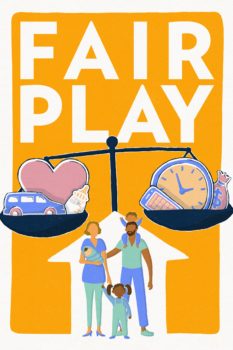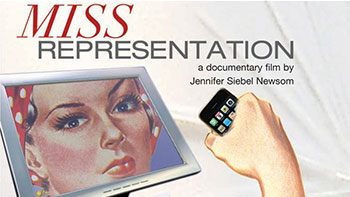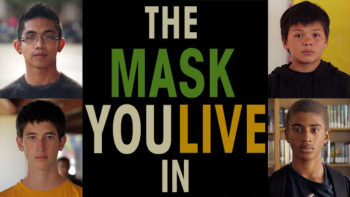2020 is off to an inauspicious start for women in journalism. On January 24th, news broke of an incident between Secretary of State Mike Pompeo and NPR journalist Mary Louise Kelly. After storming out of an interview, Pompeo berated Kelly, cursing her out and questioning her credentials on the subject of Ukraine. “Do you think Americans care about Ukraine?” he demanded before asking Kelly if she could identify the country on a blank map. The Harvard and Cambridge educated journalists correctly did, though Pompeo denies this. Donald Trump later praised Pompeo: “You did a good job on her.” What continued in the weeks following is a disturbing string of sexism and misogyny against women reporting the news.
Just days later, following the death of NBA star Kobe Bryant, Washington Post reporter Felicia Sonmez tweeted an article reviewing the facts of Bryant’s sexual assault charges. The tweets generated an influx of death and rape threats against her. The Post then put her on administrative leave. An article published by The Huffington Post compared the Post’s handling of Sonmez and the threats made against her to its dealing with a similar situation involving reporter Shane Harris. Harris, a male journalist, faced harassment previously—though not to the same extent as Sonmez, according to the Huffington Post. According to the article, the Post hired an armed security guard to provide protection for Harris following the threats. This article revealed the sexism embedded in the Post’s newsroom: while Harris was protected, Sonmez was suspended.
These are just two recent examples of sexism in journalism, but the harassment of female reporters is all too common. Just ask Gayle King, who is receiving death threats amidst the backlash for addressing the allegation against Kobe Bryant in a recent interview for CBS News.
It’s not just how women reporters are treated – with little respect, as the Pompeo incident shows – but how they are valued – of lesser importance than their male colleagues, as the Post situation highlights. The Center for Media Engagement at UT Austin interviewed a diverse pool of female journalists and found that harassment has become “a normal part of the job”. The harassment rarely targets the work of female reporters, but almost always involves their gender. Harassment can take many forms: invasion of privacy, verbal attacks, intimidation, or physical abuse, and it can come from colleagues as well as outsiders.
And men on Twitter, it turns out, are making things worse. A 2018 study published in the International Journal of Press/Politics found that male journalists retweet other male journalists almost three times more often than they retweet their colleagues who are women. Other troubling data found that of the top 25 journalists that other journalists follow on Twitter, only four are women, and none are in the top ten. According to a Vox article on the study, “In a moment when questions about gender and power are erupting in politics, Washington journalism Twitter is important. It tells us who matters. And right now, women don’t matter much.”
Both Mary Louise Kelly and Felicia Sonmez were doing their job as journalists: reporting facts. While Sonmez was suspended for her reporting, NPR stood by Kelly. NPR’s handling of the case is the direction we need to continue to push towards. Harassment drives too many women out of the field of journalism – a field that their voices are needed in. We must do a better job protecting the safety of female journalists while supporting their work. We cannot continue to allow harassment to be “a normal part of the job”.
Take Action! Support female journalists by reading their articles, sharing their work on social media, and reporting any comments that can be deemed as harassment.



